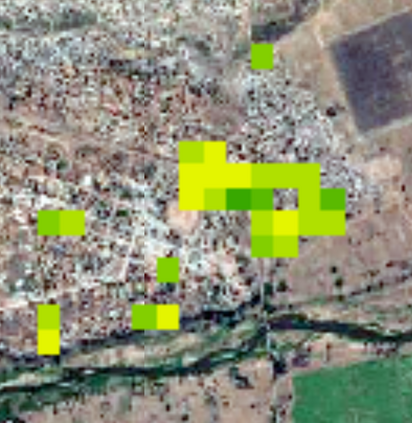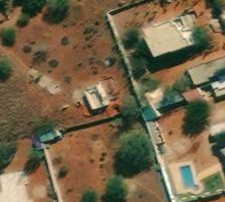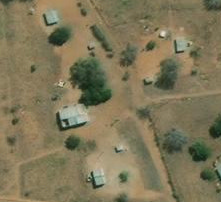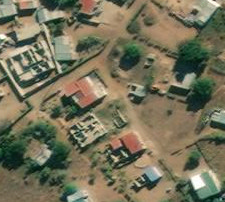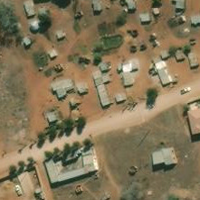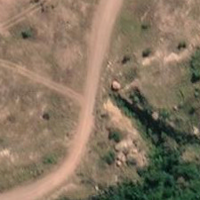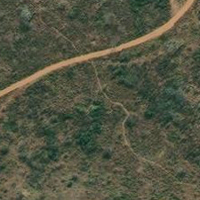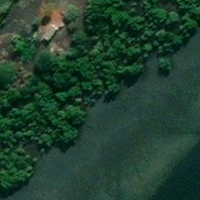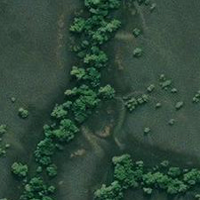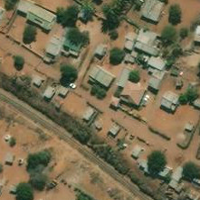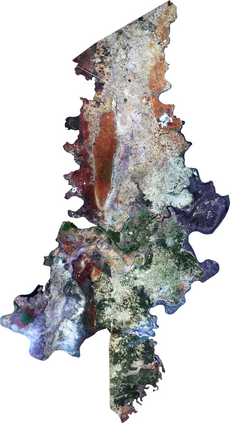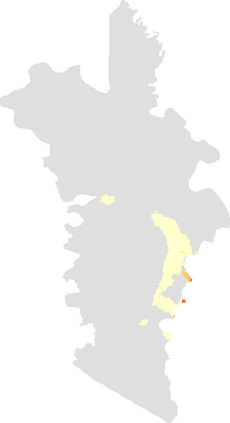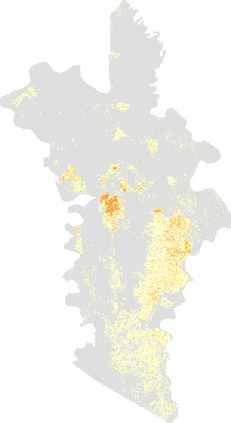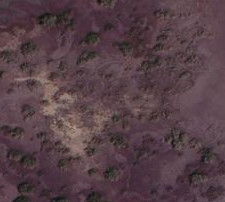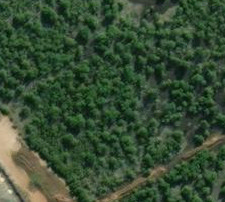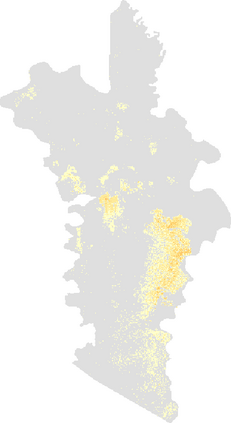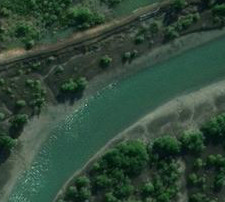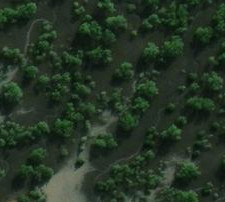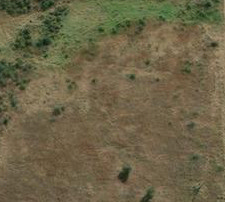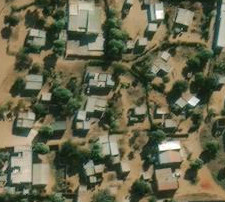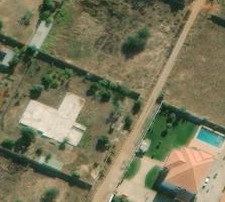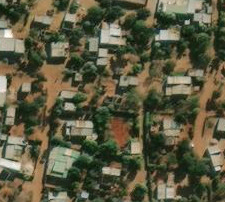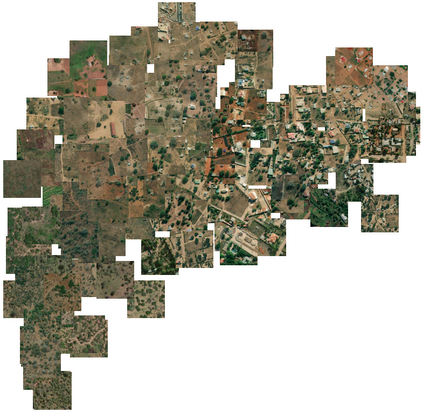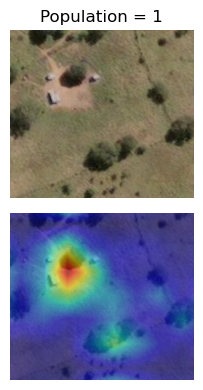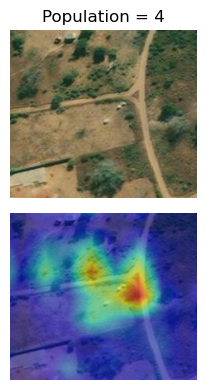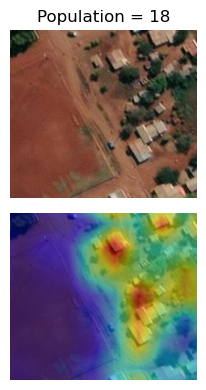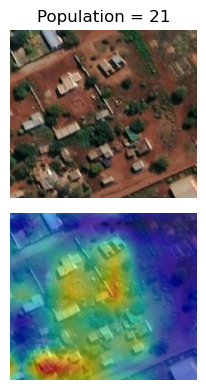Knowledge of population distribution is critical for building infrastructure, distributing resources, and monitoring the progress of sustainable development goals. Although censuses can provide this information, they are typically conducted every ten years with some countries having forgone the process for several decades. Population can change in the intercensal period due to rapid migration, development, urbanisation, natural disasters, and conflicts. Census-independent population estimation approaches using alternative data sources, such as satellite imagery, have shown promise in providing frequent and reliable population estimates locally. Existing approaches, however, require significant human supervision, for example annotating buildings and accessing various public datasets, and therefore, are not easily reproducible. We explore recent representation learning approaches, and assess the transferability of representations to population estimation in Mozambique. Using representation learning reduces required human supervision, since features are extracted automatically, making the process of population estimation more sustainable and likely to be transferable to other regions or countries. We compare the resulting population estimates to existing population products from GRID3, Facebook (HRSL) and WorldPop. We observe that our approach matches the most accurate of these maps, and is interpretable in the sense that it recognises built-up areas to be an informative indicator of population.
翻译:人口分布知识对于建立基础设施、分配资源和监测可持续发展目标的进展至关重要。虽然人口普查可以提供这种信息,但通常每10年进行一次,一些国家已经放弃这一进程几十年,人口可以在两次普查期间发生变化,因为移徙、发展、城市化、城市化、自然灾害和冲突迅速发生。使用卫星图像等替代数据来源的人口普查独立人口估计方法显示,有可能在当地提供经常和可靠的人口估计。但现有方法需要大量的人力监督,例如说明建筑物和访问各种公共数据集,因此不容易复制。我们探索最近的代表性学习方法,评估向莫桑比克人口估计转移代表的可接受性。使用代表性学习可以减少必要的人类监督,因为特征是自动提取的,使人口估计过程更可持续,并有可能向其他地区或国家转移。我们将由此产生的人口估计与全球资源数据库3、Facebook和WorldPop的现有人口产品进行比较。我们发现,我们的方法与这些地图中最准确的数字相匹配,并且可以解释,因为它认识到已建成的区域是人口资料性指标。


